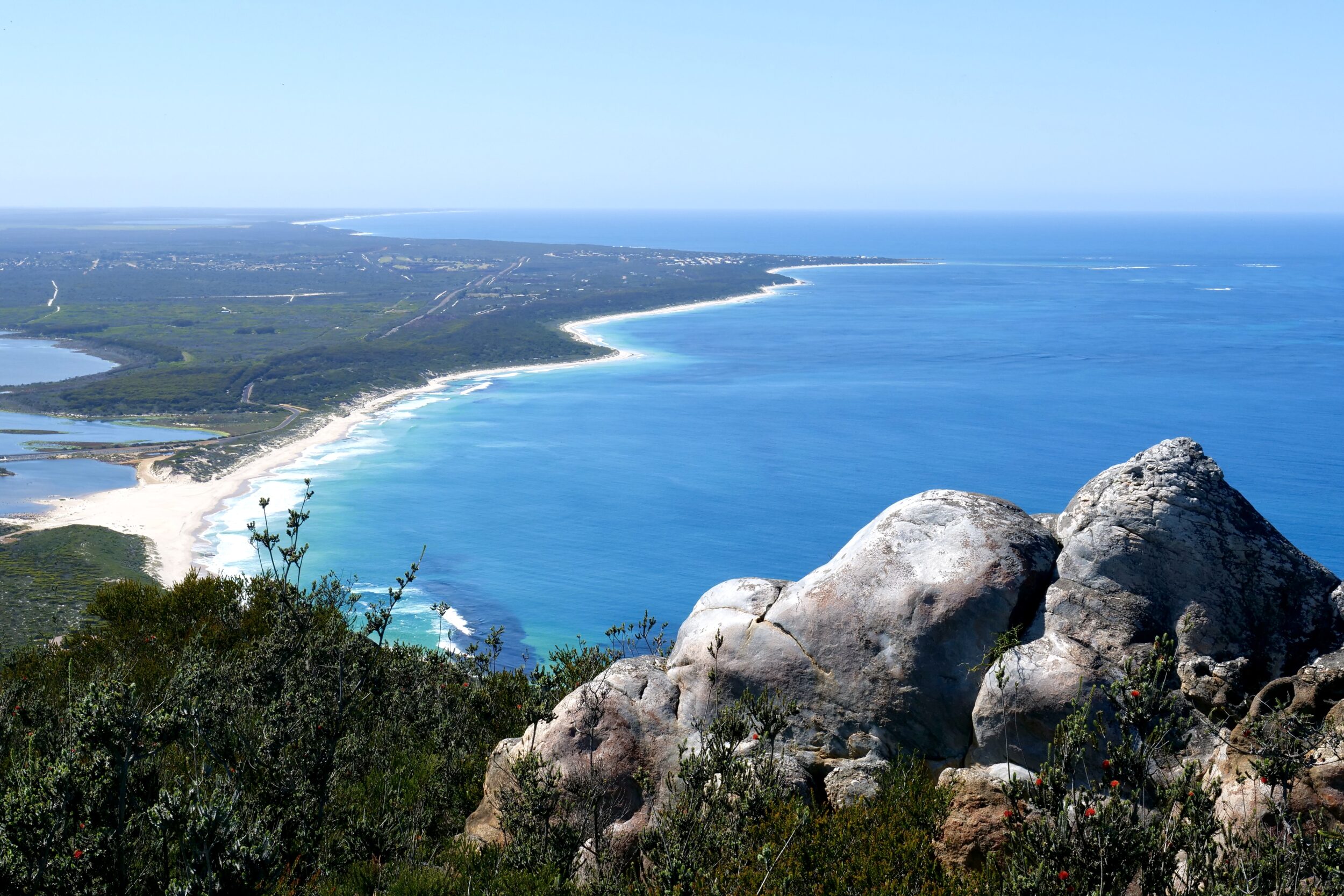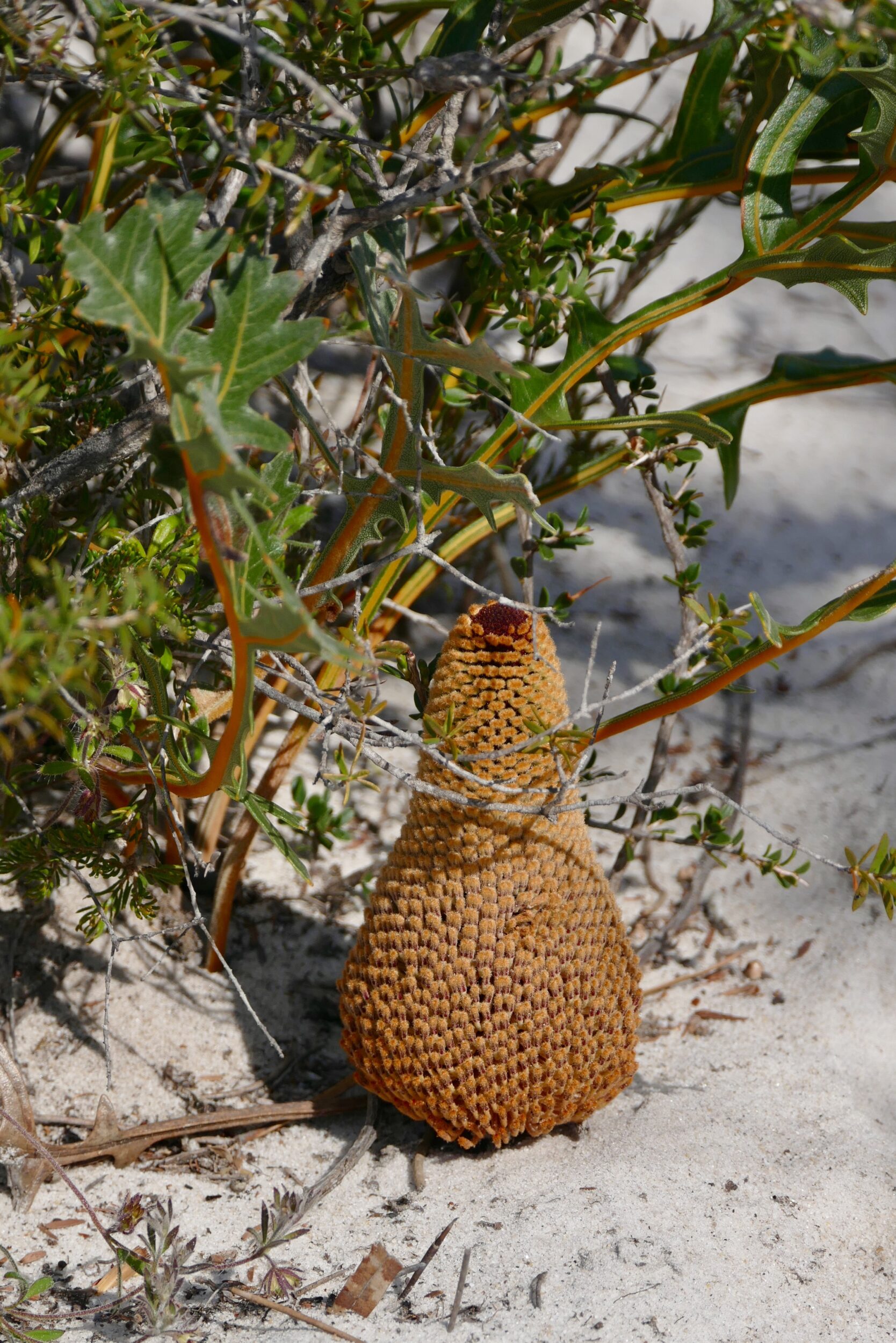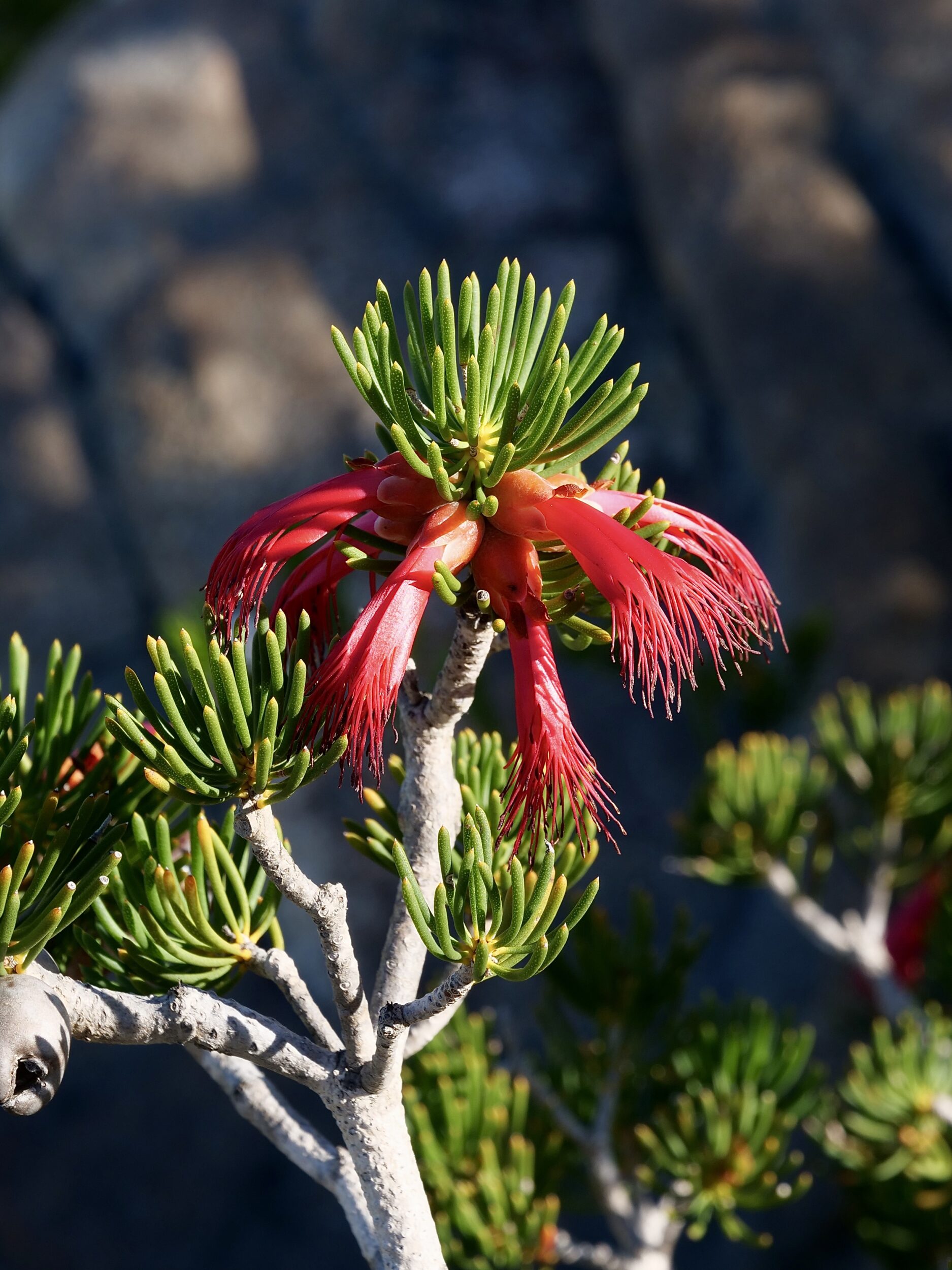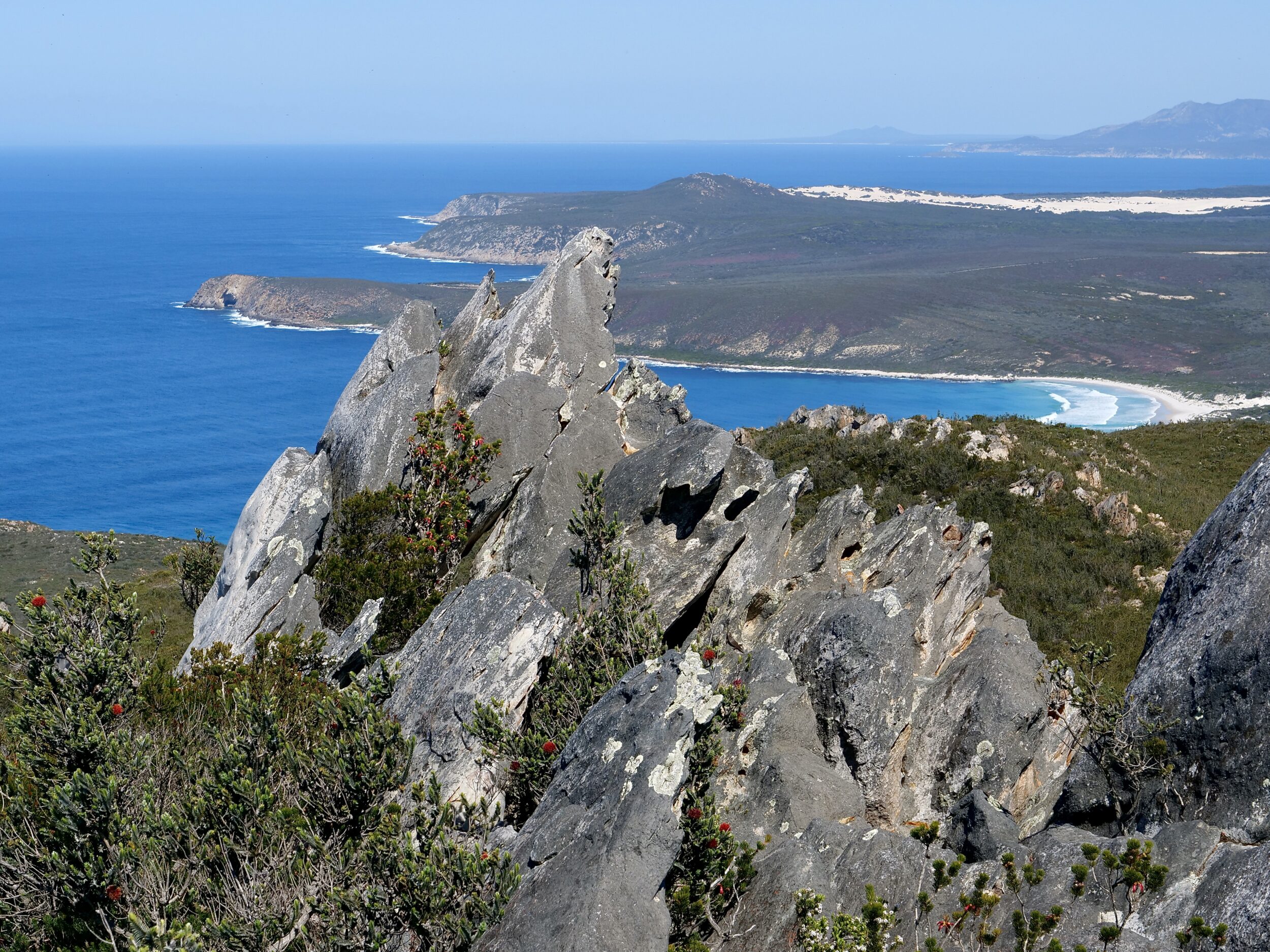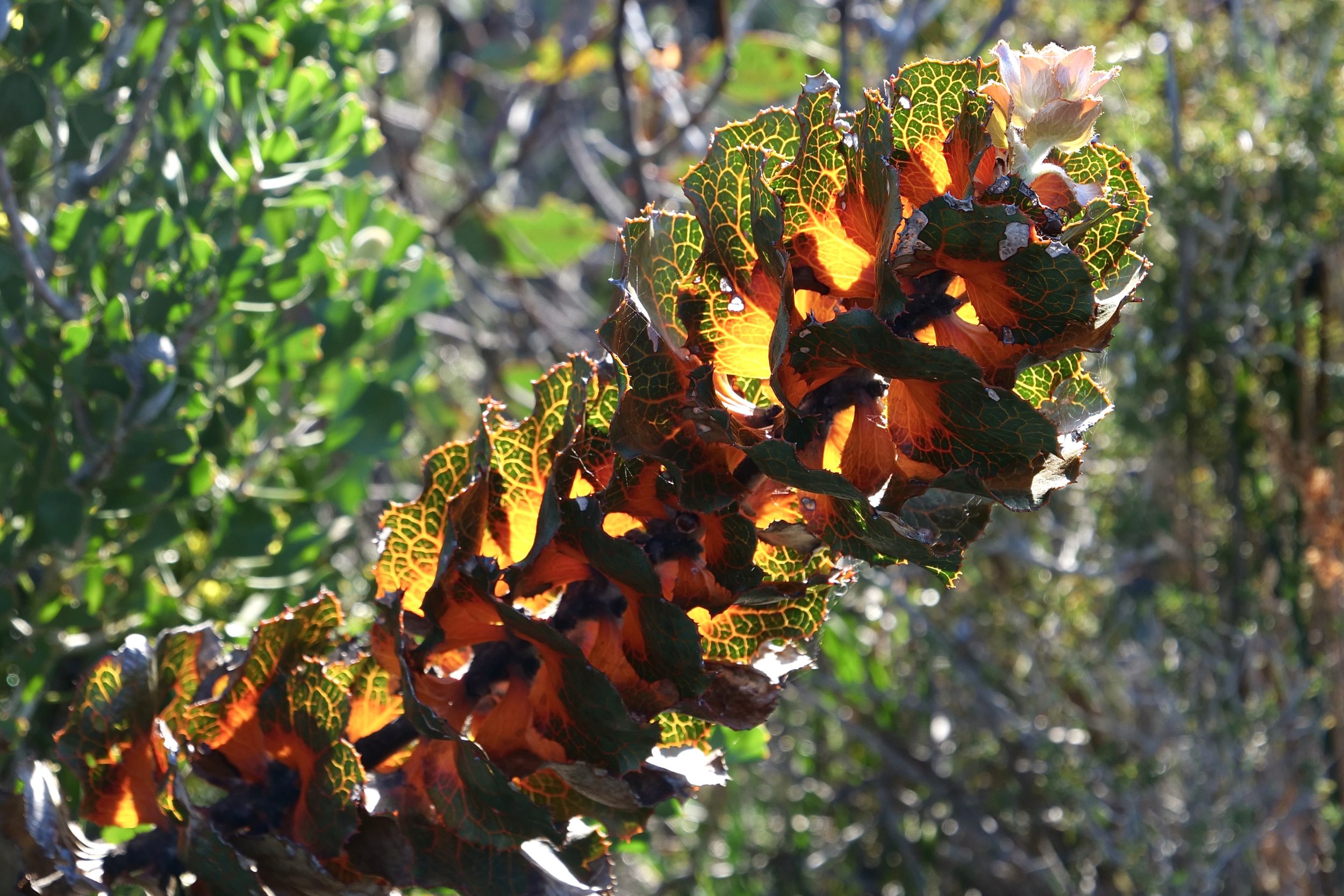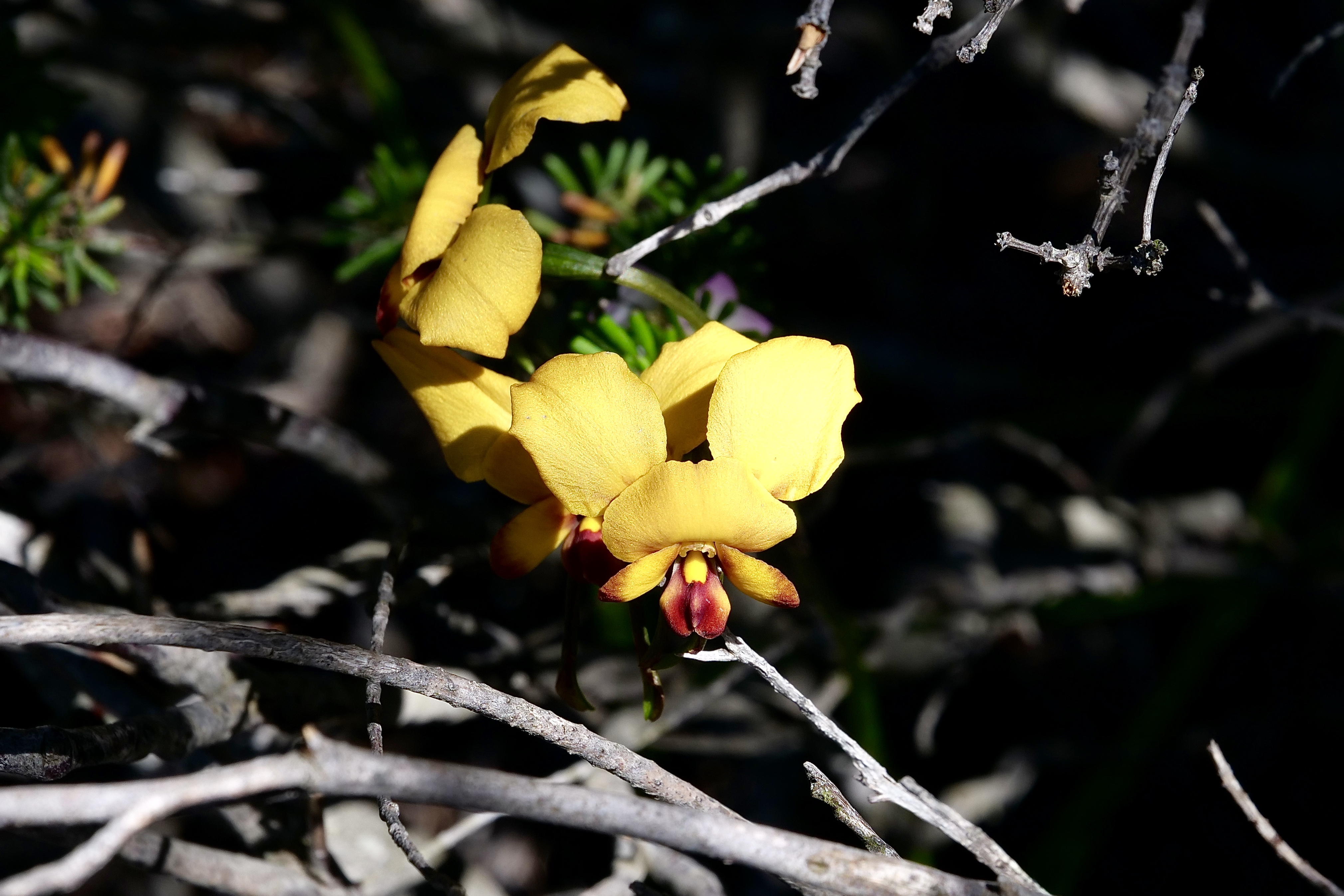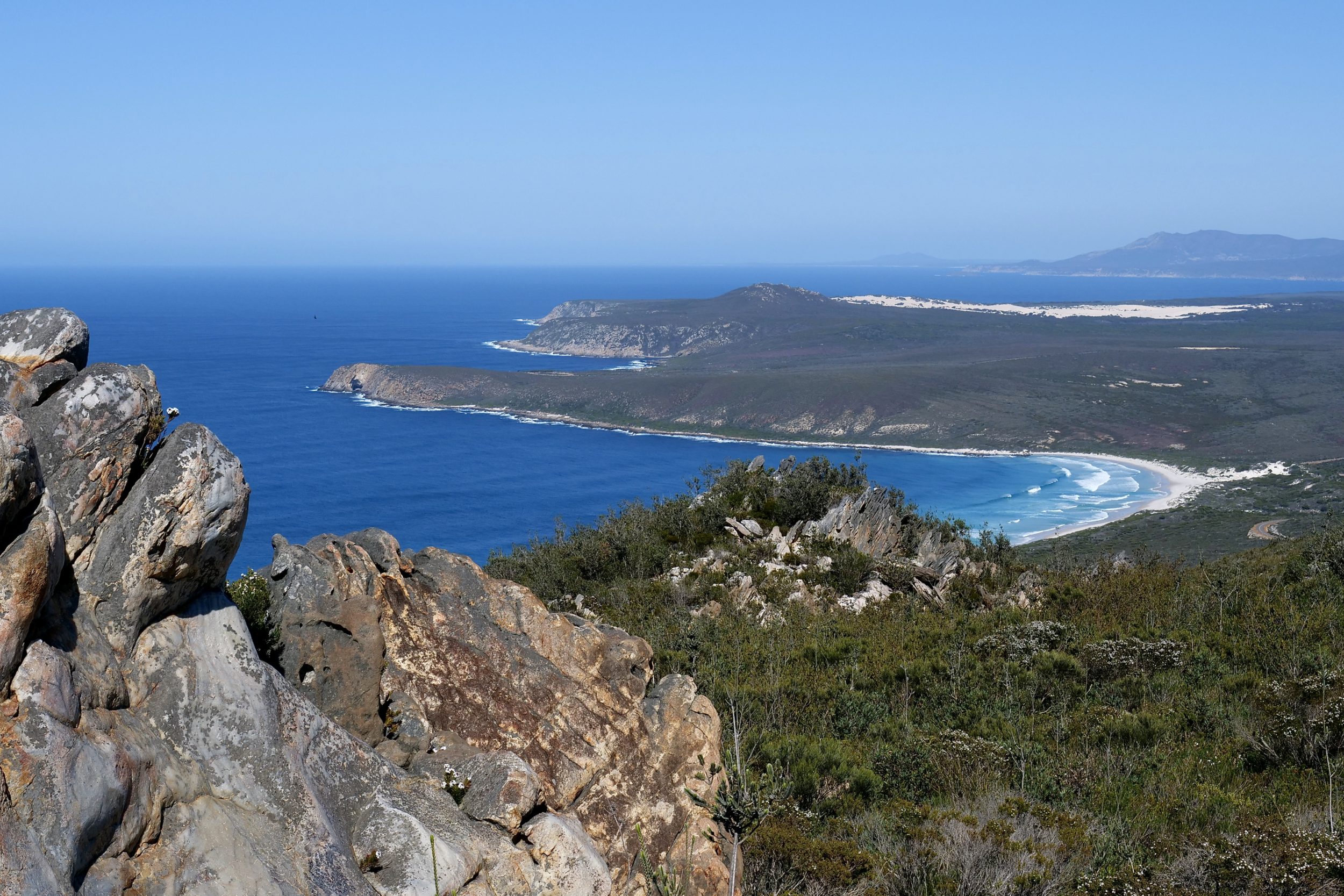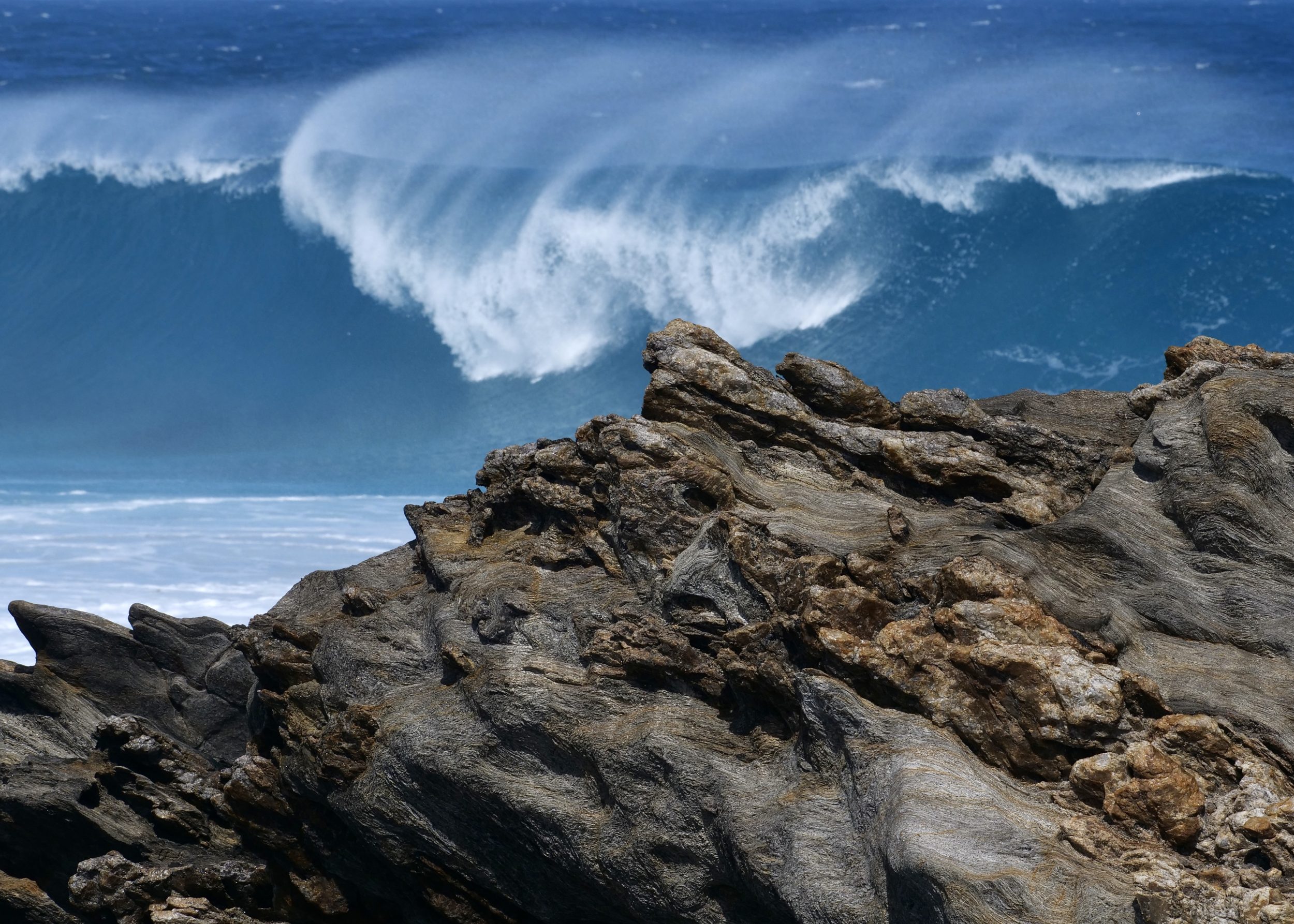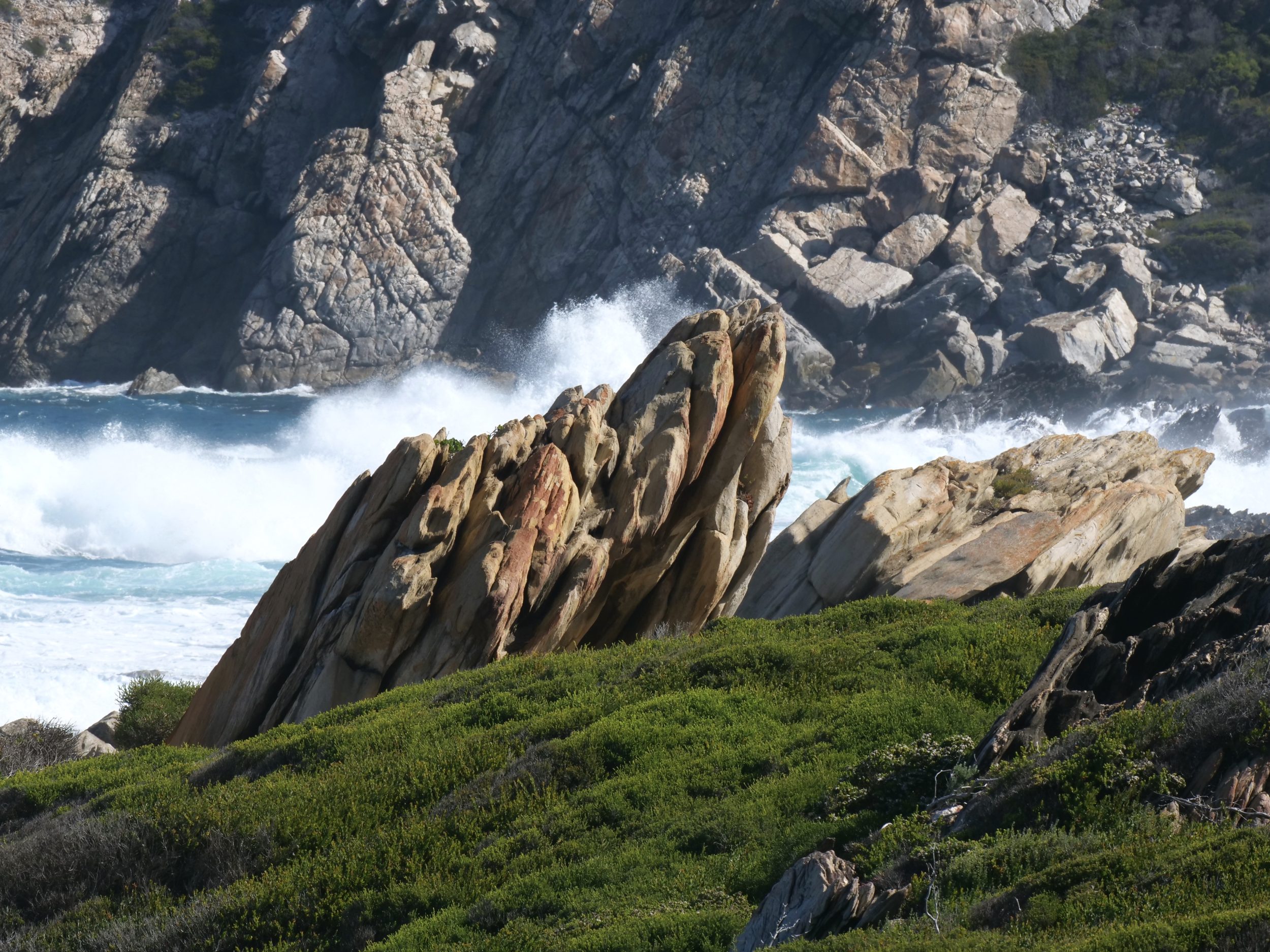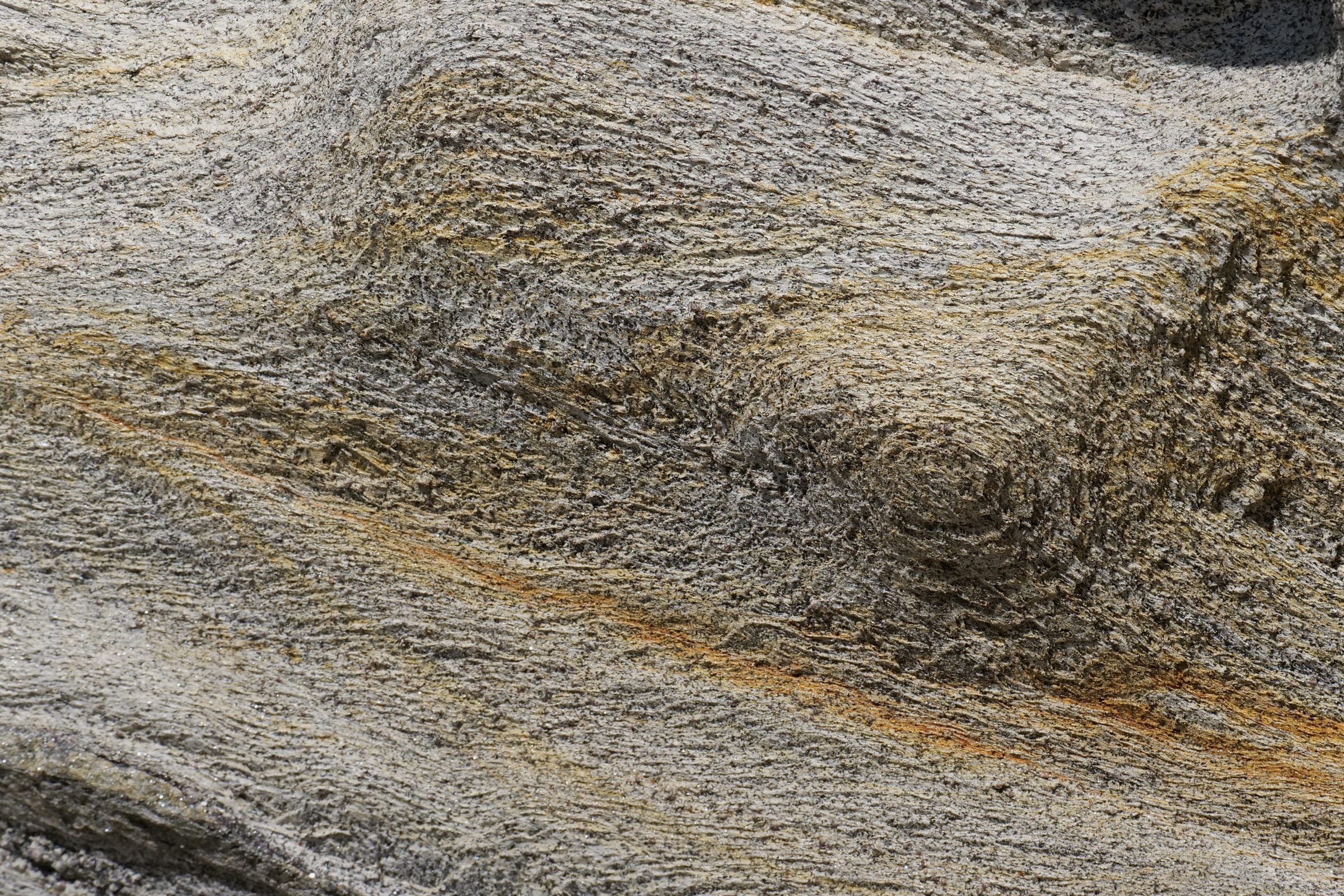Q: what do the mostly-grey, stark rocks atop East Mt Barren have in common with the mostly-white sands that are a feature of so many beaches on Western Australia’s south coast?
A: both are composed almost entirely of the second most abundant mineral in the earth’s crust, namely….
Comments closed